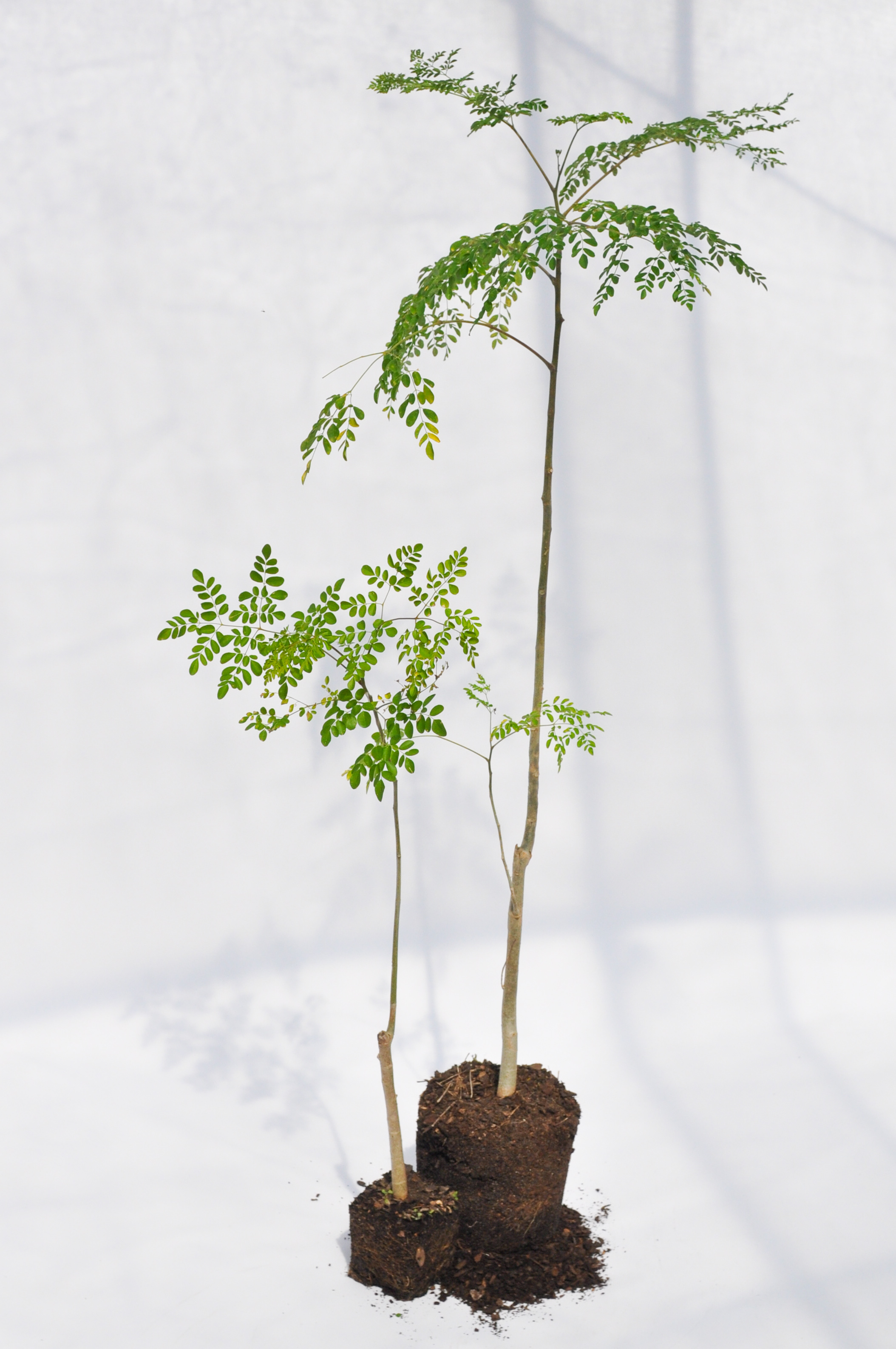The Moringa Tree: A Nutritional Powerhouse
The Moringa tree, scientifically known as Moringa oleifera, is a fast-growing tropical tree native to the foothills of the Himalayas. It has been hailed as a “miracle tree” due to its numerous health benefits. Every part of the Moringa tree, from its roots to its leaves, is packed with essential nutrients, making it a valuable addition to any diet.
A Brief History of the Moringa Tree
The Moringa tree has been cultivated for centuries in India, Africa, and other tropical regions. Its medicinal properties were recognized by ancient civilizations, and it was used to treat various ailments. In recent years, there has been a resurgence of interest in the Moringa tree, as scientists have discovered its potential to address malnutrition and improve overall health.
:max_bytes(150000):strip_icc()/how-to-grow-and-care-for-moringa-plants-5076022-05-34cf579805964309bd6a119d863c01f9.jpg)
Nutritional Composition of Moringa
The Moringa tree is a nutritional powerhouse, containing a wide range of vitamins, minerals, and antioxidants. Some of the key nutrients found in Moringa include:
Vitamins: A, B1, B2, B6, C, E, K
Moringa leaves are particularly rich in protein, fiber, and antioxidants, making them a valuable food source. In fact, Moringa leaves contain more protein than spinach and more calcium than milk.

Health Benefits of Moringa
The Moringa tree offers numerous health benefits, including:
Improved nutrition: Moringa is a highly nutritious food that can help to address malnutrition. It is particularly beneficial for children, pregnant women, and the elderly.
Culinary Uses of Moringa
:max_bytes(150000):strip_icc()/GettyImages-978171498-38b0545f6a85474aa94c0428eb485f30.jpg)
Moringa leaves can be consumed in various ways, including:
Raw: Moringa leaves can be eaten raw in salads or smoothies.
Growing Moringa Trees
Moringa trees are relatively easy to grow in tropical and subtropical climates. They are drought-tolerant and can thrive in poor soil conditions. Moringa trees can be propagated from seeds or cuttings.
Conclusion
The Moringa tree is a remarkable plant with numerous health benefits. It is a rich source of essential nutrients and can help to improve overall health and well-being. As awareness of the Moringa tree continues to grow, it is likely that it will play an increasingly important role in addressing global health challenges.

:strip_icc()/Star-Jasmine-Bb09HQPpasXBPjzYMW55cV-cae2b5707aa74a3ba328959ad0357284.jpg?w=200&resize=200,112&ssl=1)




